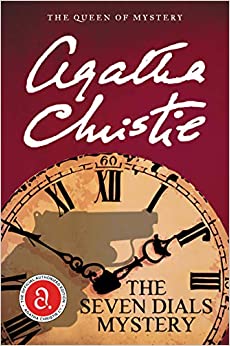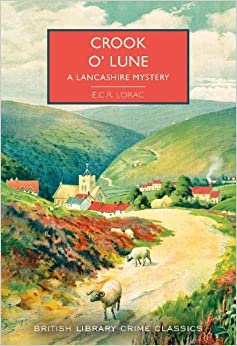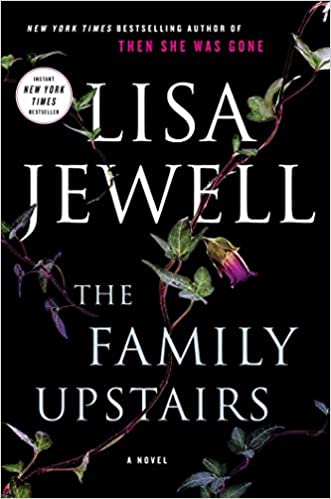It seems like whatever year is chosen for this club, this time 1929, there is an Agatha Christie book to be read. This time, it’s one of her earlier books that does not feature any of her well-known sleuths and is more of a satire on thrillers than a real mystery. This book also qualifies for R. I. P. XVII.
The young people staying at the home of Lord Coote decide to play a joke on Gerry Wade, who is known for sleeping late. They go to town and buy a bunch of alarm clocks to sneak into his room overnight and set to go off in the morning. However, in the morning Gerry is found dead of an apparent overdose, and seven of the eight clocks are arranged on the mantelpiece instead of on the floor, where they had been left.
Even though Gerry is known as a deep sleeper, the inquest brings in a verdict of accidental death, but Jimmy Thesiger thinks otherwise and gets “Bundle” Brent, Lord Caterham’s daughter, to help investigate. Their friend Ronny Devereux, who works in the foreign office, seems to have some idea of why Gerry might have been killed, but then he is shot to death.
Jimmy and Bundle get on the trail of a secret society known as the Seven Dials that is based in a hidden room in a nightclub. The crimes may revolve around plans to be leaked to the Germans.
The Seven Dials Mystery is Christie’s tongue-in-cheek answer to the thrillers that were popular in its time. Think The Thirty-Nine Steps. It is not entirely effective, but it has some witty dialogue and a few twists.















